Posted by Birgit Zipser on September 12th, 2009
Art supply companies sell pre-stretched canvases, wood and hardboard panels with only a limited number of dimensions. Standard width/length ratios are 1 x 1, 1 x 2, 2 x 3, 3 x 4 and 4 x 5. If I want to use a photograph of my camera as a motif, a 2 x 3 panel would be the most suitable to represent the full picture. Musing on dimensions, the golden ratio came to mind – 1 x 1.618 – easy to remember because 1.6 km equal a mile.
Here is a photograph cropped to fit the golden ratio with respect to width and length:
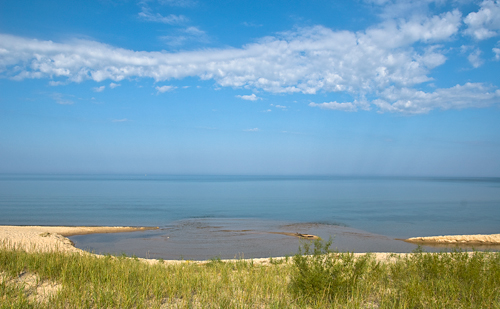
more… »
Filed in landscape,photography
- Comments closed
Posted by June Underwood on September 4th, 2009

The upper frame is an inferior mirage of the Farallon Islands. The second frame is the Farallon Islands with a green flash on the left-hand side. The two lower frames and the main frame are superior mirages of the Farallon Islands. The superior mirage went from a 3-image mirage (inverted image between erect ones) to a 5-image mirage to 2-image mirage. Such a display is consistent with a Fata Morgana. All frames but the upper one were photographed from about 50–70 feet above sea level. The upper frame was photographed from sea level. The interval between the first and last frames of the superior mirage was six minutes.
And, on a not unrelated subject (albeit obscure, perhaps) I have finished my southeast Oregon painting extravaganza. It resulted in seven panels, each 16″ wide and 12 ” high, a total of 112″ in width (with no spacing) and 12″ in height: 9.25 feet x 1 foot.

[You can see individual panels as well as closer combos by checking southeastmain, a blog I maintain with husband Jer: From the Diamond Grade, panels 1 & 2, and the following four posts are the pertinent material. I’m not bothering to reproduce the results here because many of you already saw them, ad infinitum, on southeastmain.]
more… »
Filed in landscape,Uncategorized
- Comments closed
Posted by Jay on August 27th, 2009
I’ve shown the likes of these previously. The going has been slow as I have had to sort through a lot of possibilities and pick up some skills. One thing remains unchanged as I am still stacking balanced elements on a common axis.

The summer a year ago I had stepped back from a somewhat futile campaign in which I had played around with wood lath. The results were fairly weak, but some directions were indicated. Then I discovered plastic with its many options. In fact, I have found that the variety of visual effects – transparencies, mirrors, colors – can resemble a candy store and I have had to restrain myself.
more… »
Filed in Uncategorized
- Comments closed
Posted by Birgit Zipser on August 25th, 2009
The power of sfumato, the blending of colours or tones so that there is no perceptible transition, was used by Da Vinci and Gerhard Richter to represent an idea of female beauty and the expanse of a seascape, respectively.
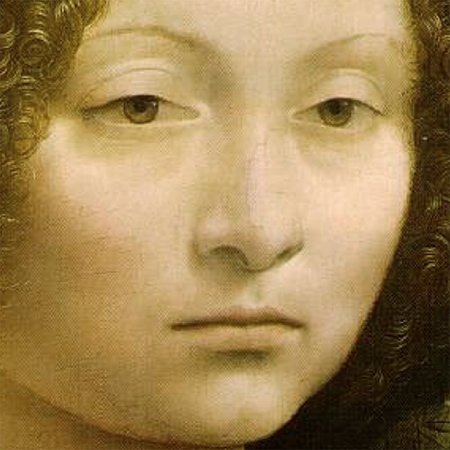
Leonardo Da Vinci, Ginevra de’ Benci, c. 1475 more… »
Filed in art history
- Comments closed
Posted by Birgit Zipser on August 21st, 2009
The depiction of waves is a cherished painterly activity. Here is one of my studies depicting double waves.
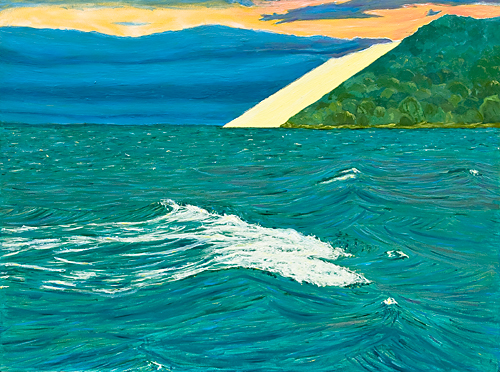
SBD080709, 16 x 12 in, 41 x 31 cm; oil on board
more… »
Filed in painting,perception
- Tags: waves
- Comments closed
Posted by June Underwood on August 17th, 2009
In a few months, I’ll be back in Nevada, tackling the Amargosa Playa again. This time I want to do a set of painted panels, five 5×5 foot ones (25 horizontal feet). I have various notions of how this might work out in paint, but will have to wait until I get there to see what actually happens. I also want to do something similar in textiles, perhaps only some preliminary image making, saving stitching for when I return to Portland. But I am mulling over both projects in my mind, trying to think how I might work them.
I just read a blog entry (dated August 17) by Jenny Bowker, who is an art colleague who works in quilted textiles. She tackled the same kind of landscape and had the same kind of hopes about what she might evoke, with some additions that the Amargosa doesn’t have: the presence of a handsome driver and some marvelous land forms. Her blog entry, which finishes with the photo of her textile work, is worth reading for sheer pleasure. But it makes me somewhat nervous about my ambitions.
Here’s the photo of Jenny’s artwork, which won a prize at the Canberra quilt exhibit and, I’m sure, will be seen often at other places around the globe.
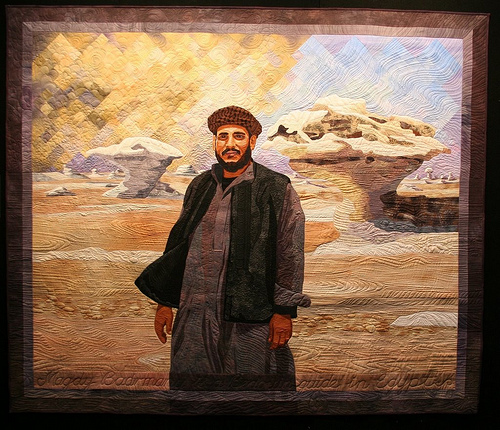
Jenny Bowker, Sandstorm over the White Desert, about life size (see her blog entry for scale)
And here is an photo or two of what I will be facing, again
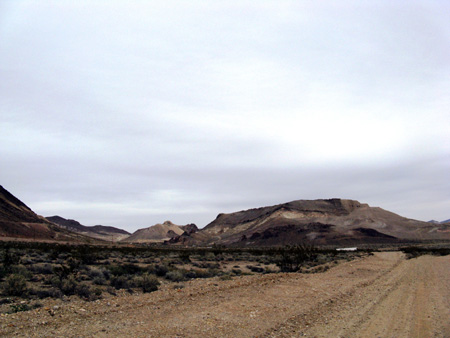
more… »
Filed in being an artist,from life,landscape,motivational,painting,perception,realism,Uncategorized,working
- Comments closed
Posted by June Underwood on August 10th, 2009
Some of you already know that I’ve been copying Emily Carr paintings for the last week or so, attempting to understand more fully how she does forests and trees.
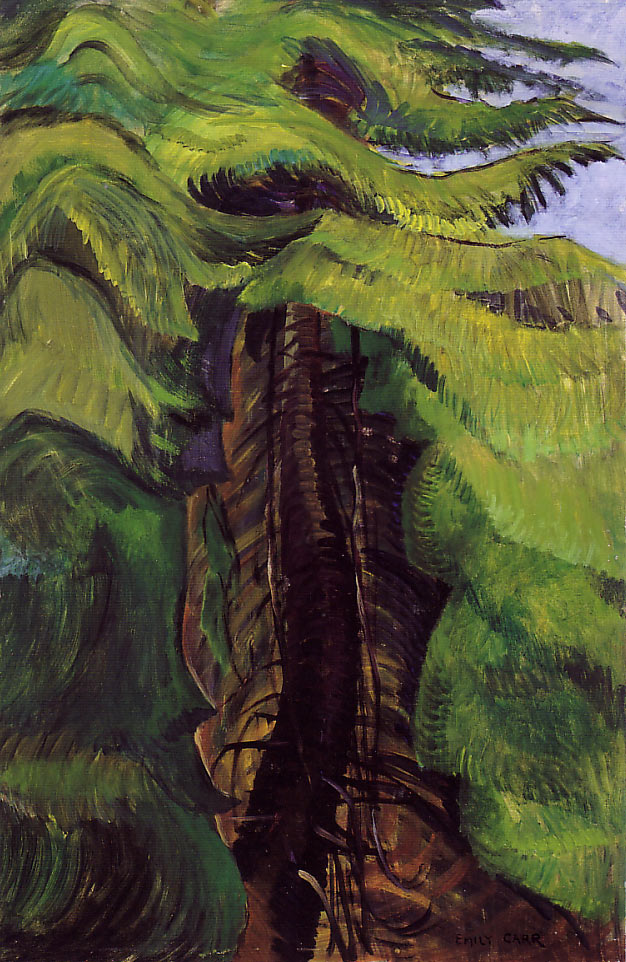
Emily Carr, Cedar Sanctuary, 38 x 26″, Oil on paper, 1942
I’ve learned a lot through this exercise [ including the rule that I must paint-over or otherwise destroy the copies I’ve made before someone comes into the studio and exclaims with pleasure over them. Such an exclamation forces me to admit that what the complimenter is seeing is a copy, causing embarassment all round.] Carr’s finding of shapes in the complexity, of making color within the shapes, and of “draping” her branches are all valuable for my own art-making thoughts.
However, during this process, I had other kinds of questions occur.
more… »
Filed in artform,creative writing,frames,from imagination,from life,landscape,motivational,perception,photography,subjects,Uncategorized
- Tags: desert painting, Emily Carr
- Comments closed







